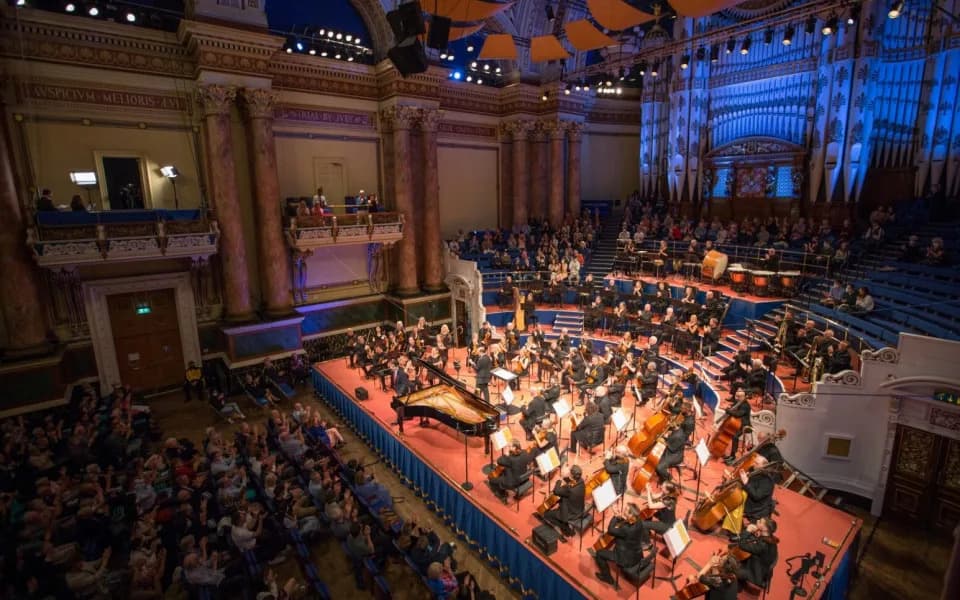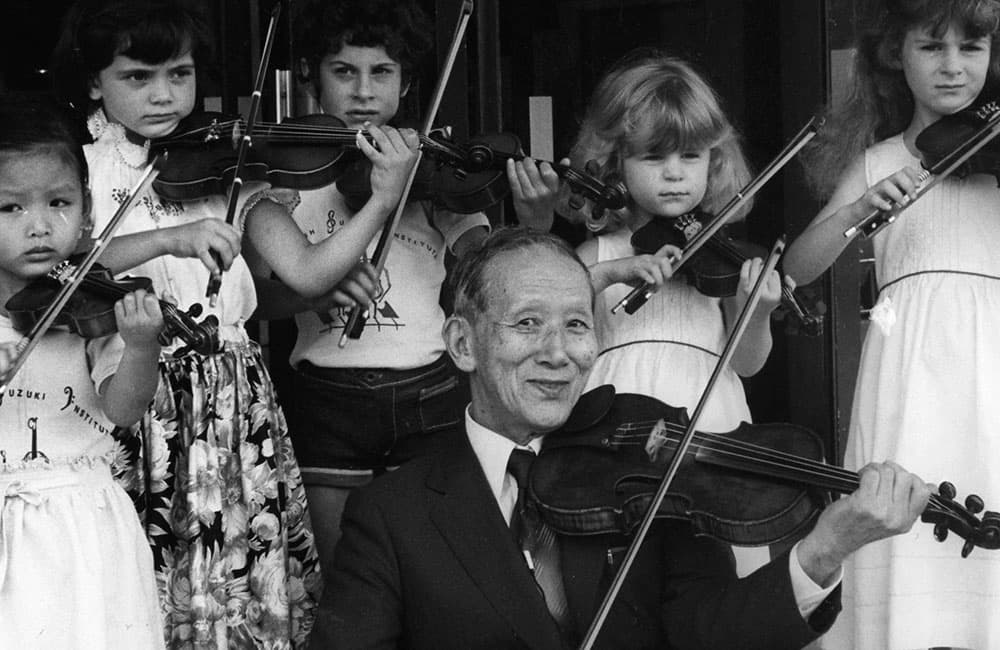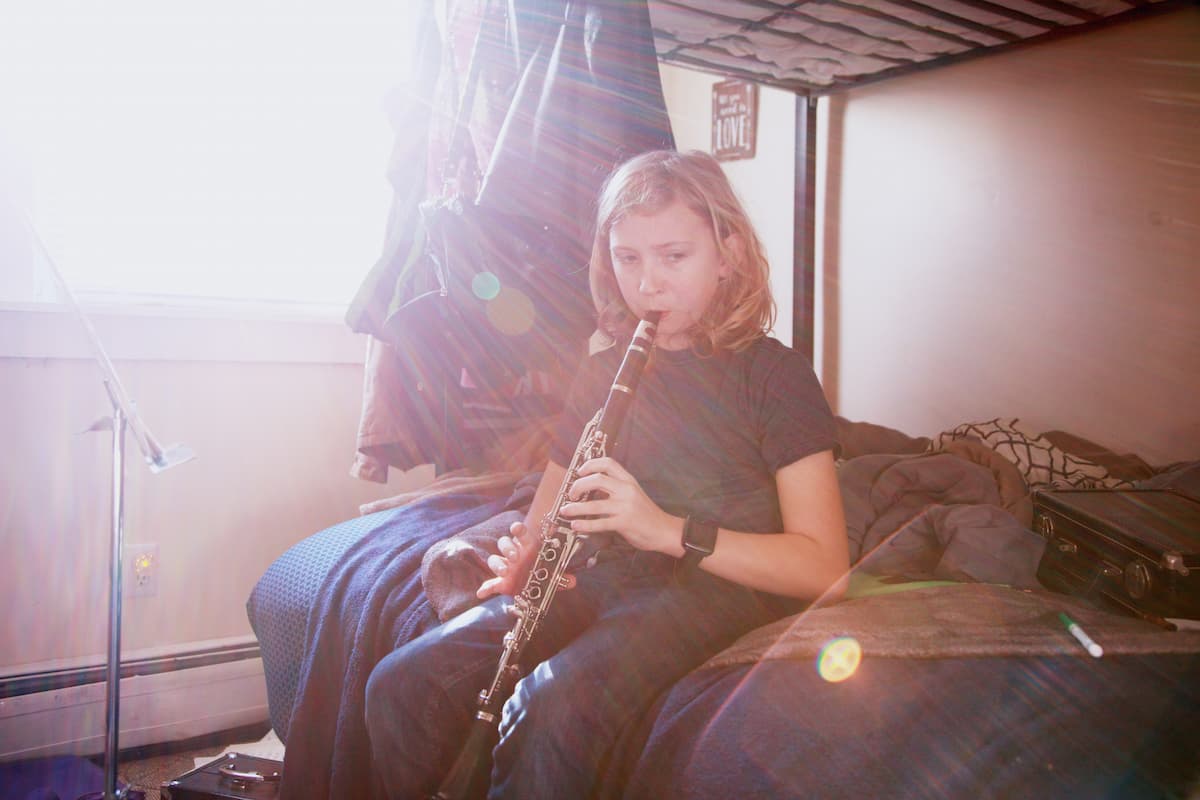The music is behind those dots. You search for it…
I play, so to speak, from the other side of the printed score, looking back
Vladimir Horowitz
The notated musical score is a wonderful thing. Contained within it are myriad markings, signs, symbols and directions which guide us in our recreation and interpretation of the composer’s intentions, bringing the written to life in sound. The ability to recognise, understand, interpret and act upon all those signs and symbols is an integral part of the musician’s skillset, and taking care of all these details is crucial in the learning process.

Mozart’s manuscript
Students and less experienced players may cling to the written score, adhering to its details with slavish devotion, fearful that making their own interpretative decision about a dynamic marketing or sign will result in something that is “wrong”. A very literal interpretation of the score can also result in a performance which feels restrained or robotic, lacking in requisite breathing space, rubato or depth of expression. Encouraging students to think beyond the notes is one of the great roles of the teacher, and we do this by giving students the knowledge and confidence to see the score not just as a document in black and white but rather a vivid palette of colours and expression.
The ability to unearth the unwritten things in music comes from a very deep knowledge of the score. It’s that old maxim “from discipline comes freedom”, and a detailed understanding of all the notes, dynamics, tempo, articulation and expression markings opens up a lot of the unwritten things. Assured technical control of a piece gives one the confidence to dig below the surface of the music, to get behind and beyond the notes. In addition, a sound understanding of the context of the music, gained through study of other works by the composer/period, an appreciation of historical precedents, and performance practice all contribute to our interpretative depth. Much is also imbibed almost unconsciously from going to concerts and listening to recordings, or from conversations with teachers, colleagues and others. Such a rich source of knowledge, ideas and inspiration fuels the artistic temperament and frees the imagination.
How to judge an agogic accent, a particular type of staccato, the use of stringendo or rubato, a specific sound effect become personal interpretative decisions, founded on one’s own musical knowledge and skill, and the ability to make these actions seem natural and spontaneous, a form of “sprezzatura”, comes from many hours of detailed, conscientious and mindful practice, at the instrument and away from it. It is only then that we discover the unwritten things are in fact written within our musical selves……



